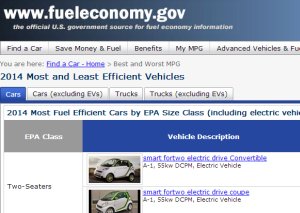Musk gets birthday present: Tesla started production of the Model 3 on Friday, and CEO Elon Musk will be taking the very first one off the line. Musk tweeted on Saturday with two photos of the first  model to roll off the production line. Tesla board member Ira Ehrenpreis had been the first make a down payment on the Model 3, but had turned over his rights to the first production model to Musk as a birthday gift. Musk, who turned 46, had previously purchased the very first Tesla Roadster and Model X, but not the Model S. The company is scheduled to deliver 30 of these units by the end of this month and aims to reach 20,000 units per month by December.
model to roll off the production line. Tesla board member Ira Ehrenpreis had been the first make a down payment on the Model 3, but had turned over his rights to the first production model to Musk as a birthday gift. Musk, who turned 46, had previously purchased the very first Tesla Roadster and Model X, but not the Model S. The company is scheduled to deliver 30 of these units by the end of this month and aims to reach 20,000 units per month by December.
Oregon offers rebates: Oregon is offering a plug-in vehicle incentive similar to California’s. Cars with batteries up to 10 kilowatt-hours, will receive a $1,500 rebate and electric cars with larger batteries will get $2,500. It’s part of a larger $5.3 billion transportation funding. It took the state a few years to get there, with purchase rebates having failed a few times in previous legislative sessions. This time, $12 million was included for rebates of six years for all-electric and plug-in hybrid vehicles with a base price of $50,000 or less.
Hitting the federal mpg standard: Plug-in electrified vehicles may be the way that automakers hit the federal standards for corporate average fuel economy, according to a new study. A team from the University of Central Florida and MIT has found that the federal fuel economy standard  offers an effective policy solution that will increase adoption of PEVs. That will be the case whether implemented alone or with another policy such as government incentives, according to the study. The current standards determine an automaker’s compliance based on annual production volume-weighted average fuel economy of the automaker’s fleet of total vehicles manufactured. The Trump administration is expected to wait until the original deadline of April 2018 to finalize the second phase of rules through 2025; and will probably soften the standards. Selling much higher volumes of PEVs would resolve that problem; automakers will be motivated to build a wide selection of PEV models and market them effectively to hit federal targets, even if softened by the Trump administration.
offers an effective policy solution that will increase adoption of PEVs. That will be the case whether implemented alone or with another policy such as government incentives, according to the study. The current standards determine an automaker’s compliance based on annual production volume-weighted average fuel economy of the automaker’s fleet of total vehicles manufactured. The Trump administration is expected to wait until the original deadline of April 2018 to finalize the second phase of rules through 2025; and will probably soften the standards. Selling much higher volumes of PEVs would resolve that problem; automakers will be motivated to build a wide selection of PEV models and market them effectively to hit federal targets, even if softened by the Trump administration.



